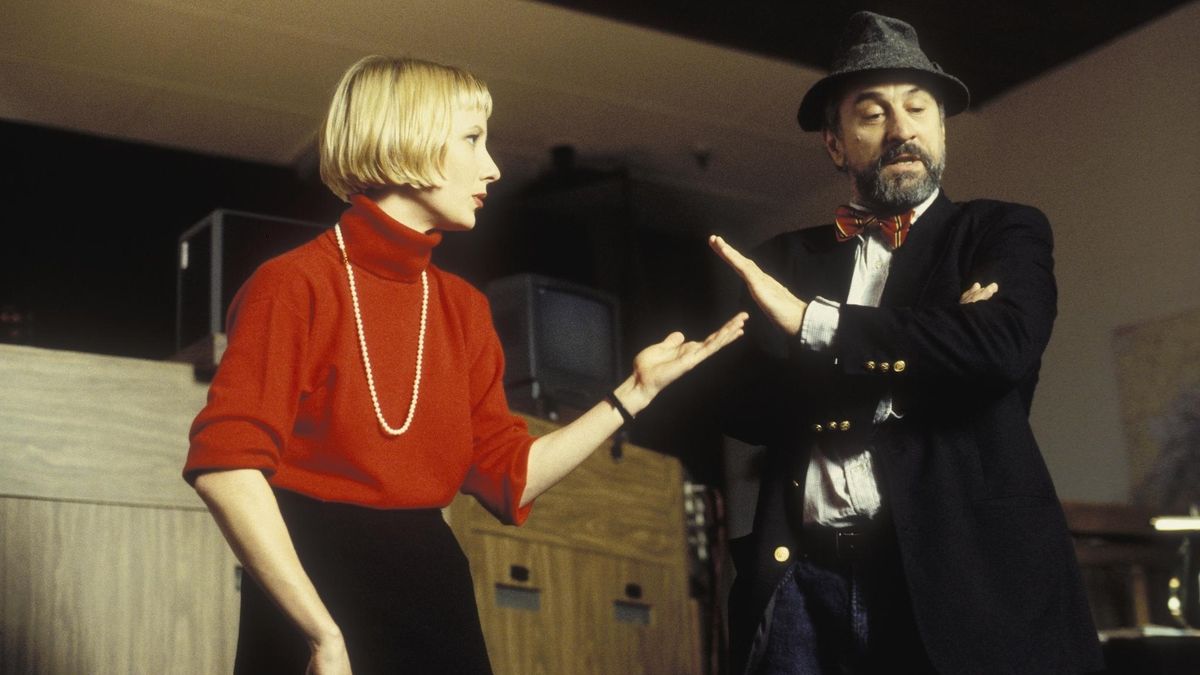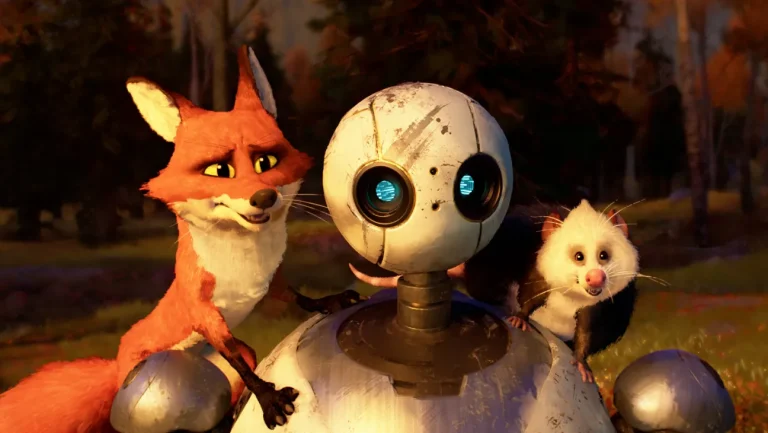From Albania to Bahawalpur, Barry Levinson’s political satire eerily mirrors how modern governments manipulate media and perception — and how we become willing participants.
“Why does the dog wag its tail? Because the dog is smarter than the tail. If the tail were smarter, it would wag the dog.”
So begins “Wag the Dog” (1997), Barry Levinson’s shrewd political satire where a U.S. President, embroiled in a sex scandal just days before re-election, turns to a spin doctor and a Hollywood producer to stage a war. The target? Albania. The purpose? Distraction.
What once felt like a brilliant absurdity now feels disturbingly plausible.
In a time where nationalistic fervor can be manufactured in a green-screened studio and truth outsourced to digital propaganda, “Wag the Dog” is no longer satire — it’s a survival guide. Especially relevant today, as India and Pakistan face off again under a dense fog of misinformation and media theater. Just recently, in the wake of a deadly terror attack in Kashmir, Indian mainstream media erupted with reports of a retaliatory strike across the border. National channels played celebratory montages, dramatic anthems, and exclusive “strike footage.” Hashtags trended. Anchors roared.
Within hours, much of it unraveled. The footage was recycled from military exercises. Some clips were traced to video games. The narrative, built for virality, had already served its purpose — not to inform, but to perform. It was “Wag the Dog” in real-time: choreographed conflict, scripted spectacle, and an audience too eager to applaud.
One of the film’s most prescient lines is delivered casually by Robert De Niro’s spin doctor: “Of course there’s a war. I’m watching it on TV.” He’s not describing fact — he’s describing perception. In a world driven by screens, what’s seen is what’s believed. What’s aired is what’s accepted. The truth is irrelevant. The image wins. Swap out television for TikTok, Telegram, or Twitter, and the logic holds. Fake news doesn’t need complexity — it needs emotional clarity. Outrage, pride, fear. Something viral. Something cinematic.
That’s the brilliance — and danger — of “Wag the Dog.” It doesn’t just satirize a specific political maneuver. It exposes an entire ecosystem built around distraction. In one of the film’s iconic scenes, Hoffman’s Hollywood producer orchestrates a fake video of a young refugee girl fleeing Albania, shot entirely in a studio with green screens. Later, they digitally swap the bag of chips in her hand for a kitten to increase emotional resonance. Why? Because the president prefers a white kitten.
It’s satire, yes. But it’s also our present. In 2025, that video would be an AI-generated reel, deepfaked and algorithmically boosted. The actress would be synthetic. The kitten, too. And yet, it would go viral. Because narrative now trumps nuance. Visuals beat verification. And just like in the film, the truth is not the goal. Credibility is irrelevant. All that matters is belief — collective, amplified, and unquestioned.
The film’s central metaphor — the tail wagging the dog — plays out chillingly in how information is framed today. The “tail,” representing media, spin, and spectacle, becomes the dominant force. It controls not just what is shown, but what is remembered. Consider how the fake war in the film becomes memorable not because of strategy or sacrifice, but because of slogans, music, and a fake war hero named Schumann. He doesn’t exist. But that doesn’t matter. The public buys the myth.

Similarly, recent geopolitical flashpoints — whether cross-border skirmishes or missile strikes — are remembered less for their real impact and more for their mediated afterlife. An anthem. A viral photo. A TV anchor’s voice cracking with pride. Not policy. Not the truth.
And that’s the point.
In the age of the smartphone, propaganda has become faster, subtler, and far more pervasive. No longer confined to official broadcasts or grainy leaflets, it’s now seeded in WhatsApp forwards, repackaged in YouTube thumbnails, or disguised as breaking news on channels competing for attention. Control no longer depends on censorship alone — it’s just as effective to overwhelm, distract, or confuse. In this climate, perception is power. We live in a state of constant overload — too much information, too little clarity. That chaos isn’t a bug. It’s a feature.
Several recent examples reflect this phenomenon: satellite imagery passed off as proof of airstrikes, unrelated photos presented as frontline evidence, and even video game footage mistaken for real combat visuals. These weren’t fringe conspiracies — they were aired by mainstream networks, some of them repeatedly flagged by independent fact-checkers for distorting or misrepresenting facts.
A 2023 study by the Indian School of Business and CyberPeace Foundation found that nearly half of the fake news circulating in India was political in nature, with social media playing an outsized role in its spread. This raises difficult questions about the role of the press in democratic societies — and how easily the line between journalism and theatre can blur.
“Wag the Dog” doesn’t end with moral clarity. It ends with complicity. Hoffman’s character, desperate for public credit for his behind-the-scenes genius, is quietly removed from the picture. The machine keeps moving. The illusion must persist. There’s something chillingly familiar in that arc — how media, government, and corporate interests often merge into a single narrative-driving entity. It’s a well-oiled tail wagging millions of dogs into obedient applause.
We see it across borders — in how dissent is mocked, how critique is cast as anti-national, how history is selectively rewritten. And we see it most acutely when conflict becomes a product — sold for ratings, weaponized for elections. As an Indian viewer, “Wag the Dog” doesn’t make me laugh anymore. It unsettles. It reminds me how easily spectacle replaces substance, how truth is lost in transmission, and how little it takes to distract a democracy.
Our screens are louder than our streets. Our wars are waged in pixels, our outrage is borrowed, and our applause is timed. And I wonder: when the next crisis comes — real or manufactured — will we pause to question? Or will we, like Hoffman’s producer, ask only for a credit line?
In a climate like this, pausing to verify before we share, like, or believe becomes not just a habit, but a quiet act of resistance. Perhaps our only act of resistance now is this: to slow down. To verify. To remember that we are not just consumers of content, but participants in a society whose reality is constantly being rewritten.
And sometimes, wagged.









